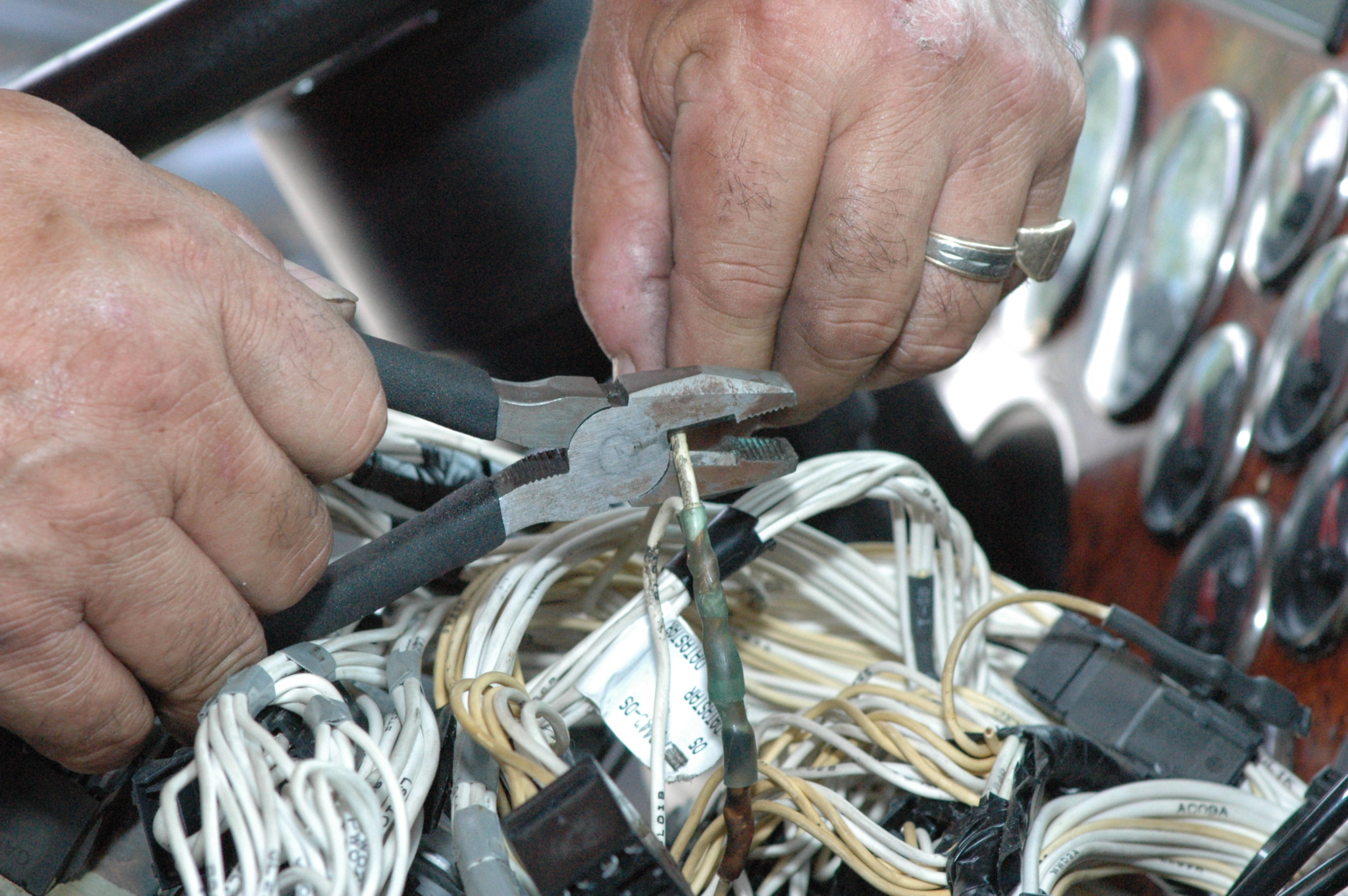Top Tips for Effective Electrical System Troubleshooting
Repairing electrical systems calls for a methodical strategy, based in an extensive understanding of electrical principles and safety procedures. By familiarizing oneself with circuit elements, using vital tools, and adhering to an organized evaluation method, professionals can successfully determine and fix issues. Nevertheless, the nuances of effective fixing extend beyond plain technical understanding; understanding just how to document searchings for and focus on safety and security can dramatically influence outcomes. As we discover these critical components further, it comes to be clear that grasping this procedure is not simply beneficial yet essential for success in the field.
Understand the Fundamentals
Comprehending the basics of electrical systems is crucial for reliable troubleshooting, as a strong structure enables professionals to detect and solve concerns extra successfully. A thorough understanding of electrical principles, such as voltage, current, resistance, and power, is critical in recognizing the source of problems. Voltage is the electrical potential distinction that drives present with a circuit, while resistance opposes the circulation of current, impacting the total performance of the system.
Familiarity with circuit components, consisting of resistors, capacitors, diodes, and switches, is additionally critical. Each part plays a distinctive duty in circuit habits and can affect efficiency when malfunctioning. Additionally, recognizing series and identical circuit arrangements is crucial, as these arrangements affect the distribution of voltage and present within the system.
Technicians should be conscious of possible hazards, such as shock and short circuits, to execute risk-free troubleshooting techniques. By grasping these fundamental principles, professionals enhance their ability to conduct effective diagnostics and repair work, inevitably leading to improved performance and reliability of electrical systems (electrical system troubleshooting).
Gather Necessary Tools
Effective troubleshooting of electrical systems needs the appropriate collection of devices to identify and settle concerns properly. A well-equipped specialist can substantially improve effectiveness and efficiency in identifying problems. Important devices consist of a multimeter, which determines voltage, present, and resistance, permitting precise evaluations of electric parts. Clamp meters are likewise beneficial for gauging present without disconnecting the circuit, ensuring safety and benefit.
In addition, protected hand tools such as screwdrivers, pliers, and wire strippers are critical for safely manipulating electric connections. It is additionally a good idea to have a circuit tester on hand to validate the existence of voltage in electrical outlets and cables. For even more complicated systems, a thermal imaging camera can aid spot overheating components, suggesting prospective failings.

Adhere To a Systematic Method
Having actually collected the proper devices, the next step in troubleshooting electrical systems is to follow a systematic method. A systematic strategy makes sure that professionals can recognize mistakes successfully and properly, minimizing downtime and preventing unnecessary repairs.
Begin by examining the system's schematic representations and specifications. This entails monitoring each part methodically, starting from the power source and functioning towards the load.
Make use of testing devices, such as multimeters and oscilloscopes, to gather unbiased data about voltage, existing, and resistance at different factors within the system. This empirical evidence will lead your troubleshooting efforts and help to verify or remove possible causes of failing.
In addition, take into consideration environmental variables that might influence the system's efficiency, such as temperature level changes or wetness access. A comprehensive examination of wiring, links, and components will certainly ensure that all opportunities are accounted for.
Record Your Findings
Comprehensive documents is vital in the repairing process of electric systems. Accurate documents enhance the performance of identifying persisting issues and help with interaction among team members. Each finding must be meticulously kept in mind, including signs observed, examinations performed, and the results of those examinations. electrical system troubleshooting. This method not just aids in comprehending the source of the problem however additionally works as a recommendation for future repairing initiatives.

In addition, preserving a log of parts replaced or repairs performed is important. This information sustains stock management and can aid examine the durability and integrity of details parts.
Eventually, the paperwork process need to be thorough yet succinct, allowing easy retrieval and evaluation - electrical system troubleshooting. By prioritizing detailed documents, professionals can produce an next page important expertise base that not just aids in existing troubleshooting but additionally equips future upkeep efforts, thereby improving total system dependability

Prioritize Safety And Security Procedures
Identifying the intrinsic risks related to electric systems is important for ensuring security throughout troubleshooting. Electrical shock, burns, and devices damage are just a few of the prospective hazards that service technicians face. Prioritizing safety and security measures is not just a legal commitment but likewise an ethical important that safeguards both the professional and the surrounding environment.
Before beginning any kind of troubleshooting task, specialists must wear appropriate personal protective devices (PPE), including protected handwear covers, safety and security glasses, and flame-resistant clothing. Guaranteeing that the work area is completely dry and cost-free of mess can dramatically decrease the danger of mishaps. Moreover, it is necessary to de-energize circuits before beginning any work, validating that they are not endure the use of a multimeter or voltage tester.
Developing clear interaction methods with group participants is additionally essential; this makes certain that every company website person recognizes possible threats and the standing of the electric system being dealt with. Having an emergency reaction plan in area can confirm invaluable in the occasion of an occurrence. By prioritizing precaution, technicians can effectively minimize dangers and promote a safer workplace.
Verdict
Efficient electrical system repairing counts on a thorough understanding of basic principles and a methodical strategy. By collecting crucial devices, adhering to organized examination methods, and meticulously documenting findings, the repairing process becomes a lot more effective and dependable. Focusing on precaution makes certain the wellness of people included and the honesty of the electrical system. Implementing these methods will certainly improve the troubleshooting experience, bring about quicker resolutions and enhanced functional pop over here efficiency in electrical systems.